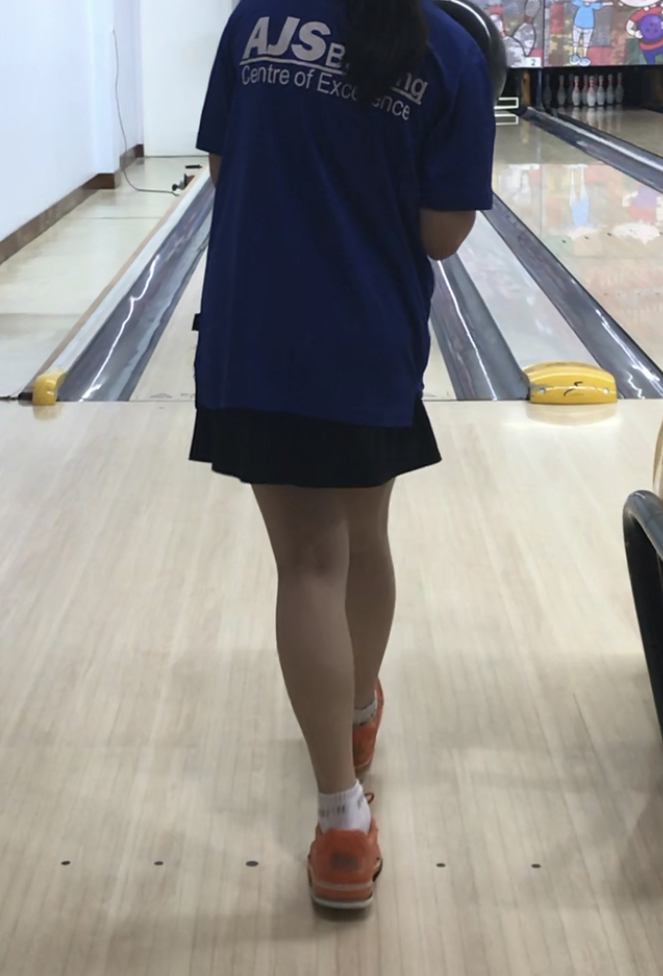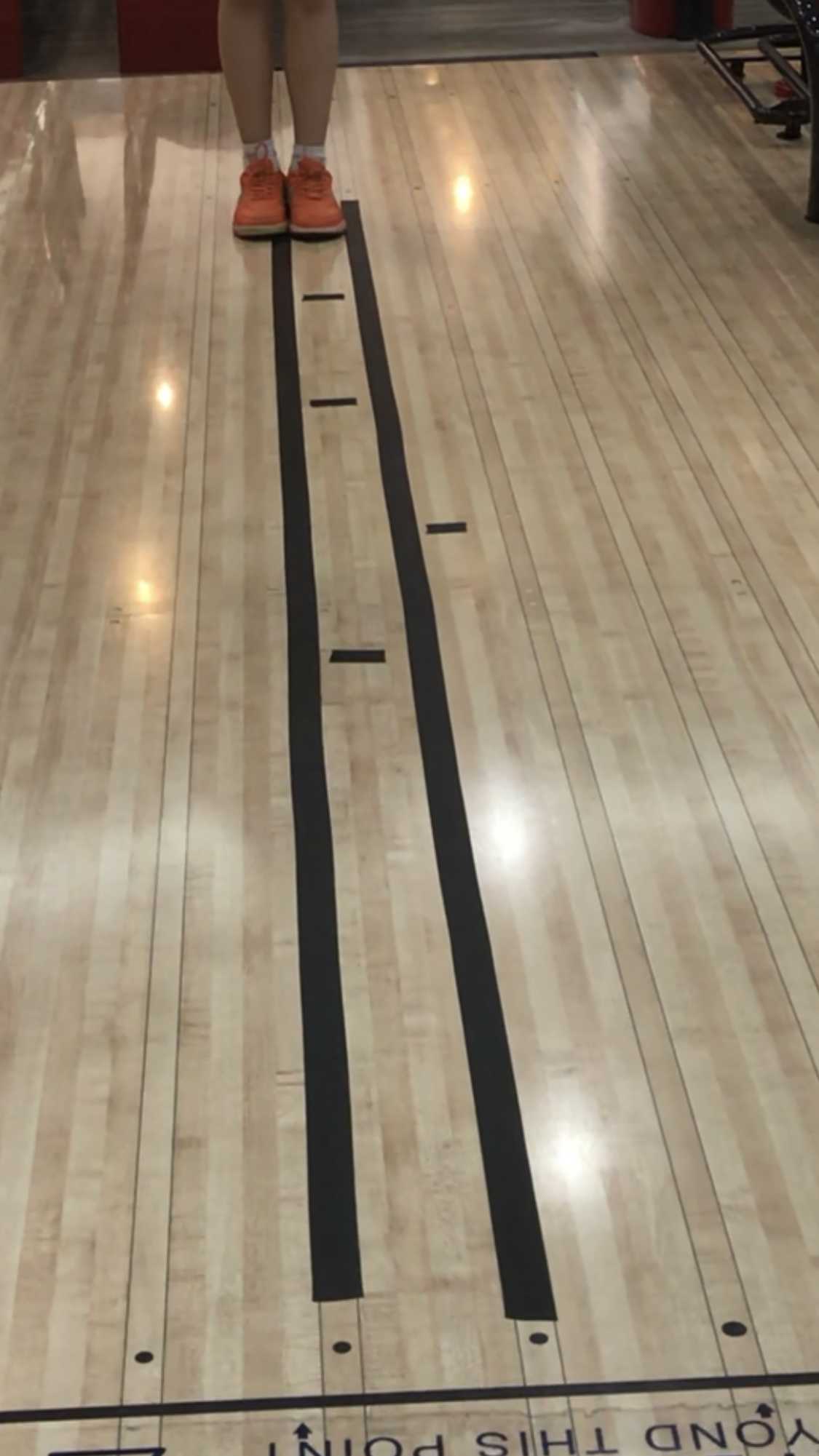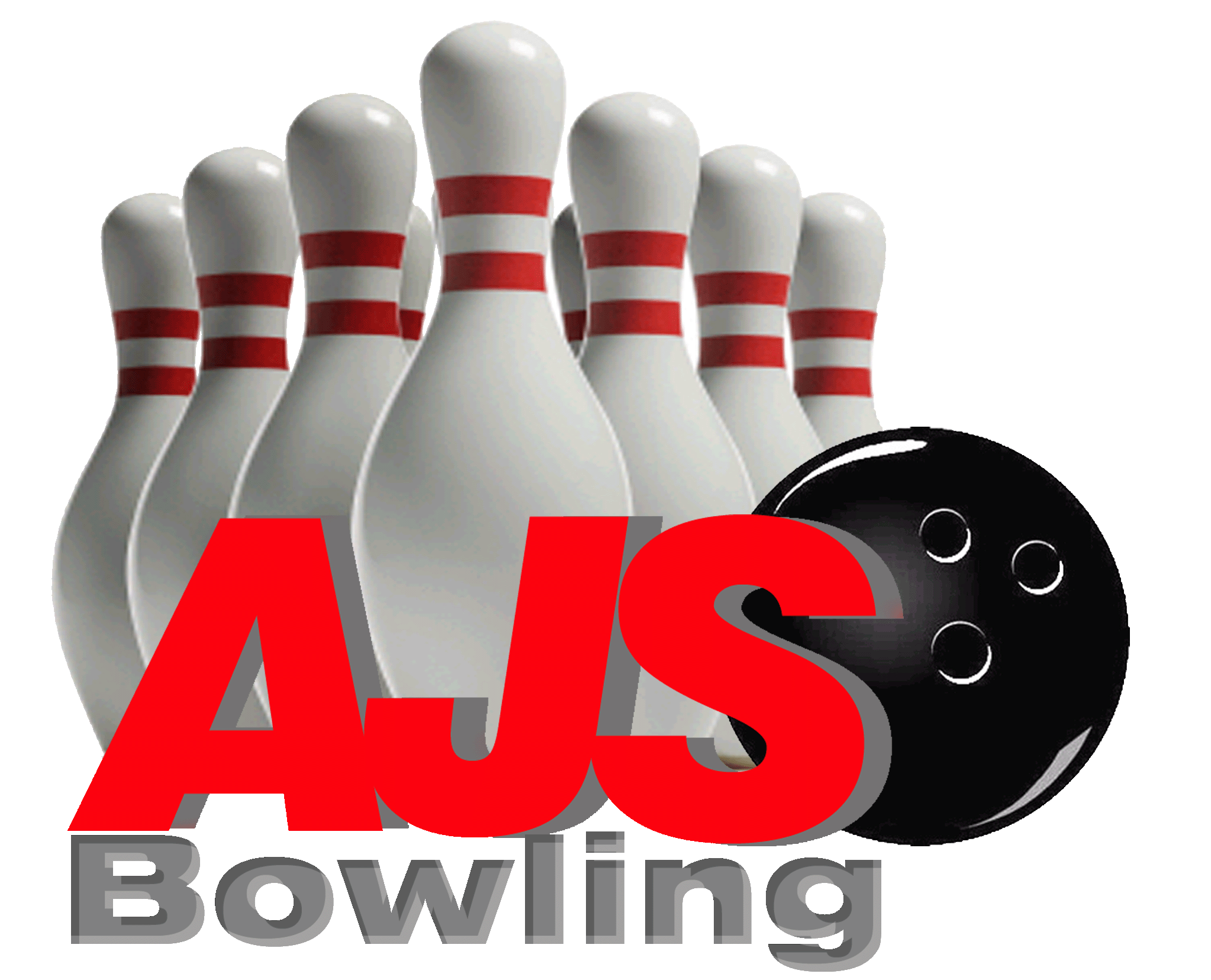Mastering the Bowling Approach: Key Techniques
I have covered both Power step and Timing in my two articles on Power step and Timing. The next stage known as the Approach would ultimately improve your bowling. Having a good approach pepares you in the consistency for repeated shots.
This drill assists in the improvement on the direction of the ball swing with combination of the power step and the timing. In this article, I would be using the 5 step-approach to illustrate.
Like a dancer, the move is guided by the rhythm of the music with grace, the foot of the bowler and the bowling ball must synchronise as one as they reach the foul line to execute the release.
There are a couple of components that form the basis of footwork: the direction and spacing of the steps, the cadence, and the weight transfer.
 The picture shows the footwork direction and spacing in the five step approach. Let begin by looking at the footwork direction and spacing.
The picture shows the footwork direction and spacing in the five step approach. Let begin by looking at the footwork direction and spacing.
The first step in the 5-step approach is basically placid with a heel/toe effort directing straight to the foul line. The spacing is a short step about half to three quarter foot length.
 The second step in the approach is a crossover step: the heel of the second step is directly in front of the toe of the first step, like walking on a Gymnastic Balance Beam. This second step is important as it facilitate the downswing that could prevent the swing from bum-out around the bowler’s body. The space between the toe of the first step and the heelof the second step is about one and half foot length. This longest spacing allow the body to acceralate its approach
The second step in the approach is a crossover step: the heel of the second step is directly in front of the toe of the first step, like walking on a Gymnastic Balance Beam. This second step is important as it facilitate the downswing that could prevent the swing from bum-out around the bowler’s body. The space between the toe of the first step and the heelof the second step is about one and half foot length. This longest spacing allow the body to acceralate its approach
The third step in this approach goes straight (foot) on a right side of the second step, approximately five boards away. This heel/toe step should provide good balance and stability on your approach.The spacing for the third step is a normal step.
The fourth step in the approach should be on the right side of the third step and it should be a toe/heel (step-in) step. This is the power step that I have written in my power step article. And this step has to be half the normal step.
And the last step which is about five boards to the left of the fourth step, is the sliding step. The sliding foot should slide straight to the foul line.
 Let’s look at how the footwork direction can help you. You can use tapes on the appraoch to help you in the spacing and direction as in the picture. Please ask permission from the bowling center before you lay the tape.
Let’s look at how the footwork direction can help you. You can use tapes on the appraoch to help you in the spacing and direction as in the picture. Please ask permission from the bowling center before you lay the tape.
Assuming you want to bowl down the lane at board ten (second arrow). You stand with your inner side of your left foot at the fifth dot on the on the approach.
Basing on the crossover at the second step, you move five boards to the left and add another five boards for the third step. In total you moved 10 boards to your left and when the sliding stop, the inner side of your left foot should be on the fifteen board.
Note that the center of the bowling ball to the inner side of the foot is recommended to be around five boards. The gives an accurate laydown towards the second arrow. If you need to move in or out, you can use the parallel adjustment for change in target .
Some use action speed to count their cadence: slow, slow, fast and faster and then slide. The perception of slow and fast is quite subjective. It depends on the bowler's perception of speed.
In my coaching, l find rhythmic beats are more corresponding to your timing and speed. Using music beat: one (octave), two (octave), three (octave) and half (octave) then slide. As I coaches youth, I like to use the song "12345, once I caught a fish alive".
This drill assists in the improvement on the direction of the ball swing with combination of the power step and the timing. In this article, I would be using the 5 step-approach to illustrate.
The Footwork
Footwork provides the transportation mechanism to the foul line. Good footwork provides the core to a solid foundation. It affects timing, balance, rhythm, direction, ball speed, and, through these, it directly affects the ability to release the ball with power, accuracy, and consistency. Like a dancer, the move is guided by the rhythm of the music with grace, the foot of the bowler and the bowling ball must synchronise as one as they reach the foul line to execute the release.
There are a couple of components that form the basis of footwork: the direction and spacing of the steps, the cadence, and the weight transfer.
Direction and Spacing
Do you walk straight to the foul line or towards the target? Sometimes I find it controversial. To improve a bowler’s accuracy in the delivery, I would coach them to walk straight down to the foul line. This too, can achieve the proper alignment when delivering the ball. Bowlers that drift right or left have to do with the swing and the body compensate in the relation to the swing. 
The first step in the 5-step approach is basically placid with a heel/toe effort directing straight to the foul line. The spacing is a short step about half to three quarter foot length.
The third step in this approach goes straight (foot) on a right side of the second step, approximately five boards away. This heel/toe step should provide good balance and stability on your approach.The spacing for the third step is a normal step.
The fourth step in the approach should be on the right side of the third step and it should be a toe/heel (step-in) step. This is the power step that I have written in my power step article. And this step has to be half the normal step.
And the last step which is about five boards to the left of the fourth step, is the sliding step. The sliding foot should slide straight to the foul line.
Application of the five step approach
Assuming you want to bowl down the lane at board ten (second arrow). You stand with your inner side of your left foot at the fifth dot on the on the approach.
Basing on the crossover at the second step, you move five boards to the left and add another five boards for the third step. In total you moved 10 boards to your left and when the sliding stop, the inner side of your left foot should be on the fifteen board.
Note that the center of the bowling ball to the inner side of the foot is recommended to be around five boards. The gives an accurate laydown towards the second arrow. If you need to move in or out, you can use the parallel adjustment for change in target .
How far would you stand from the foul line?
Cadence
Cadence or tempo as some would call it, is like the music that brings your feet and your arm swing together in harmony. Imagine you are dancing to the beat of the music, your body would move according to the type of music: fast, medium or slow pace. Your movement is not controlled. When you are in control of your body, you would feel jerky or non-fluid. Some use action speed to count their cadence: slow, slow, fast and faster and then slide. The perception of slow and fast is quite subjective. It depends on the bowler's perception of speed.
In my coaching, l find rhythmic beats are more corresponding to your timing and speed. Using music beat: one (octave), two (octave), three (octave) and half (octave) then slide. As I coaches youth, I like to use the song "12345, once I caught a fish alive".
If you have any question on the approach drill, please email me at anglandseah@gmail.com


